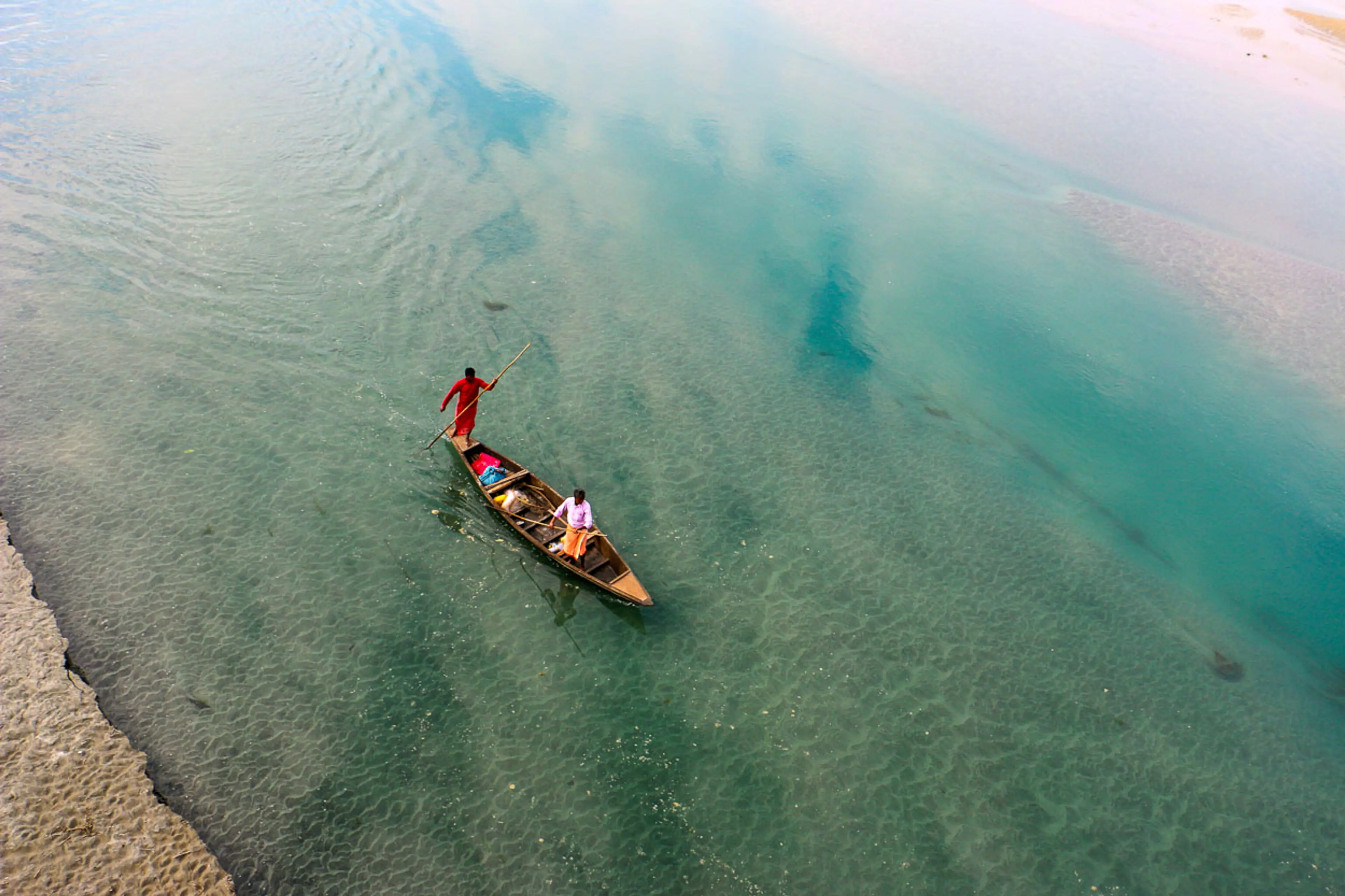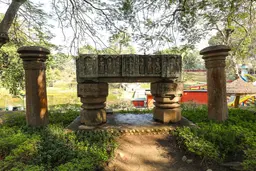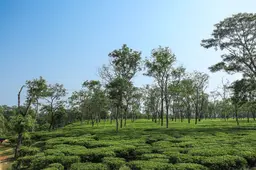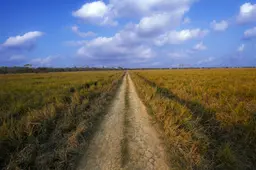
Dibrugarh
Activities in Dibrugarh

Excursion to Dibrusaikhowa - Located close to Tinsukia, this is a famous National Park and a critical Biodiversity Hotspot. With two exploding waterways, the Brahmaputra and the Dibru River, this park amazes thousands of people every year and is loved for its floral and faunal wealth. Surrounded by the canopy of trees and stunning greenery, this reserve is home to some rare and threatened species. Renowned for feral Horses, White-winged Wood duck, and the Hoolock Gibbon, the park offers shelter to a wide range of animals and birds.

Birding in Maguri Beel: - If you are sincerely interested in flying creatures and love spending hours with diverse species of birds, then Maguri Beel is a place you must check out during your trip to Tinsukia. Apart from natural surprises, it is also known as a hotspot for birdwatchers.
Attractions in Dibrugarh

Koli Aai Than:
Almost all the places of Assam have a delightful legend attached to them. Known as a sacred place of the land, Koli Aai Than too has an exciting story to tell. And as the legend goes, the Satra started declining due to the lack of a male heir. It was the constant effort of Koli Aai that kept it alive among the masses. Daughter of the Head Priest of Dibaru Satra, Koli Aai, and the 'Mising' disciples kept preaching the ideals and principles of the Satra.
Read More
Medieval Memorial Grounds (Maidams):
The memorial grounds of Assam have been popular tourist attractions over the years. The burial mounds known as the Maidams were raised during the Ahom Kingdom and still bear the royalty and nobility of the great Ahom Dynasty, who ruled Assam from 1228 to 1826. Most of them are found exclusively at Charaideo, near Sibasagar, and some have been discovered near Jorhat and Dibrugarh towns.
Read More
The Dehing Satra:
A popularly known religious place, The Dehing Satra is probably visited by every tourist coming to Dibrugarh. Not only commoners but the Satras were hugely famous among the royal families, and many emperors and kings worshipped here regularly. The Satra received royal support from the kings like Rajeswar Singha, Lakhi Singha, and Gaurinath Singha during the Moamoria uprising.
Read More
The Gardens and Forests:
With the Brahmaputra flowing on the up and Patkai foothills on the south, the properties of Dibrugarh are much known for fertility and versatility. Fed by the Burhi Dihing and its tributaries, this place hosts a large tract of Tropical Rainforest offering shelter to various plants and animals and a perfect climate for tea cultivation.
Read More
Dibru-Saikhowa National Park:
One of India's largest biosphere reserves, the Dibru-Saikhowa National Park, is endowed with natural wealth, and it also offers a rejuvenating break from monotonous modernity. With two main rivers, the Brahmaputra and the Lohit, this sanctuary is located on Dibrugarh and Tinsukia District's border. In addition to lush vegetation, a wide variety of animals and birds in this area attract thousands every year. The forest is hugely popular for being home to some rare and endangered species.
Read More